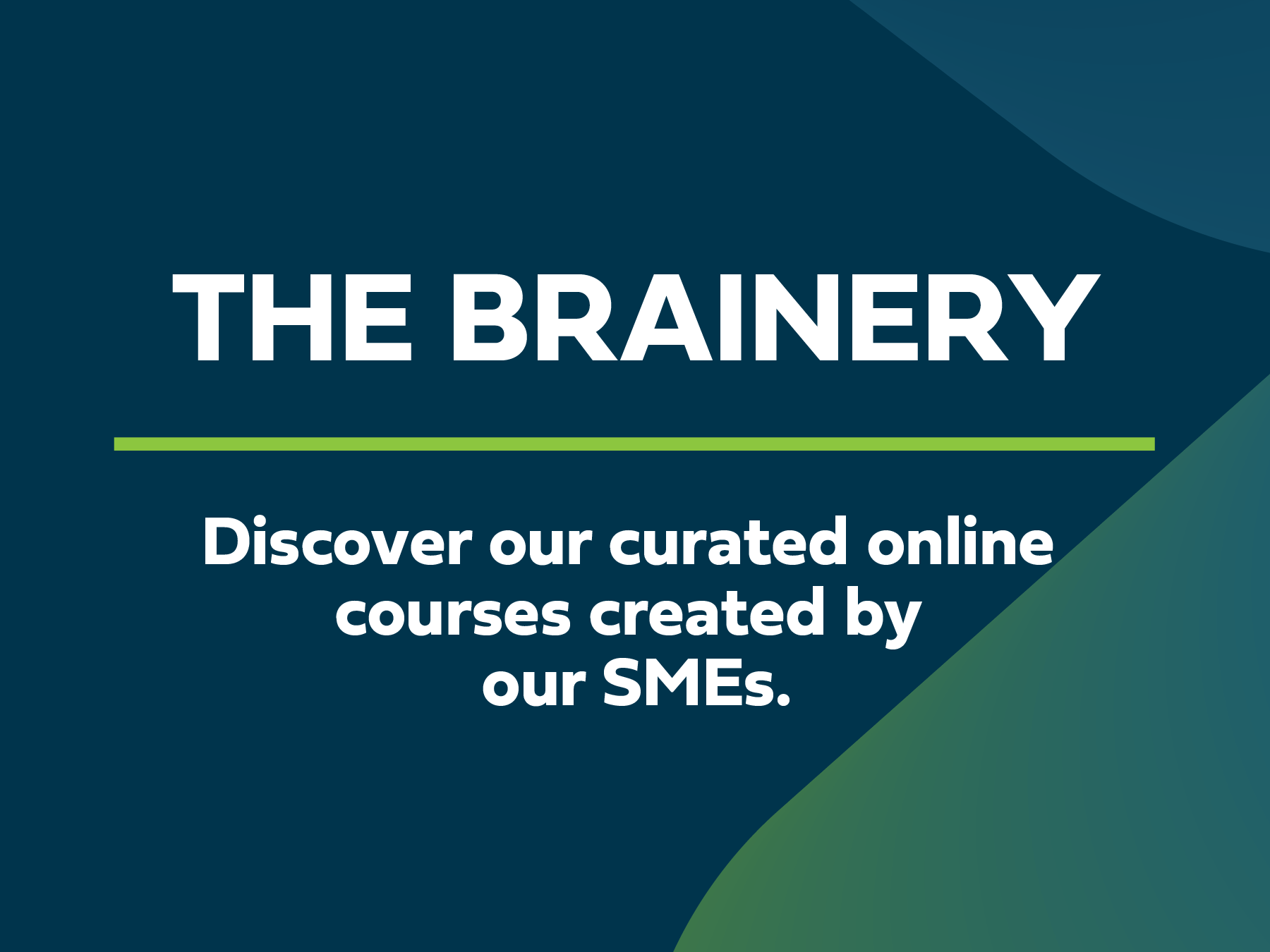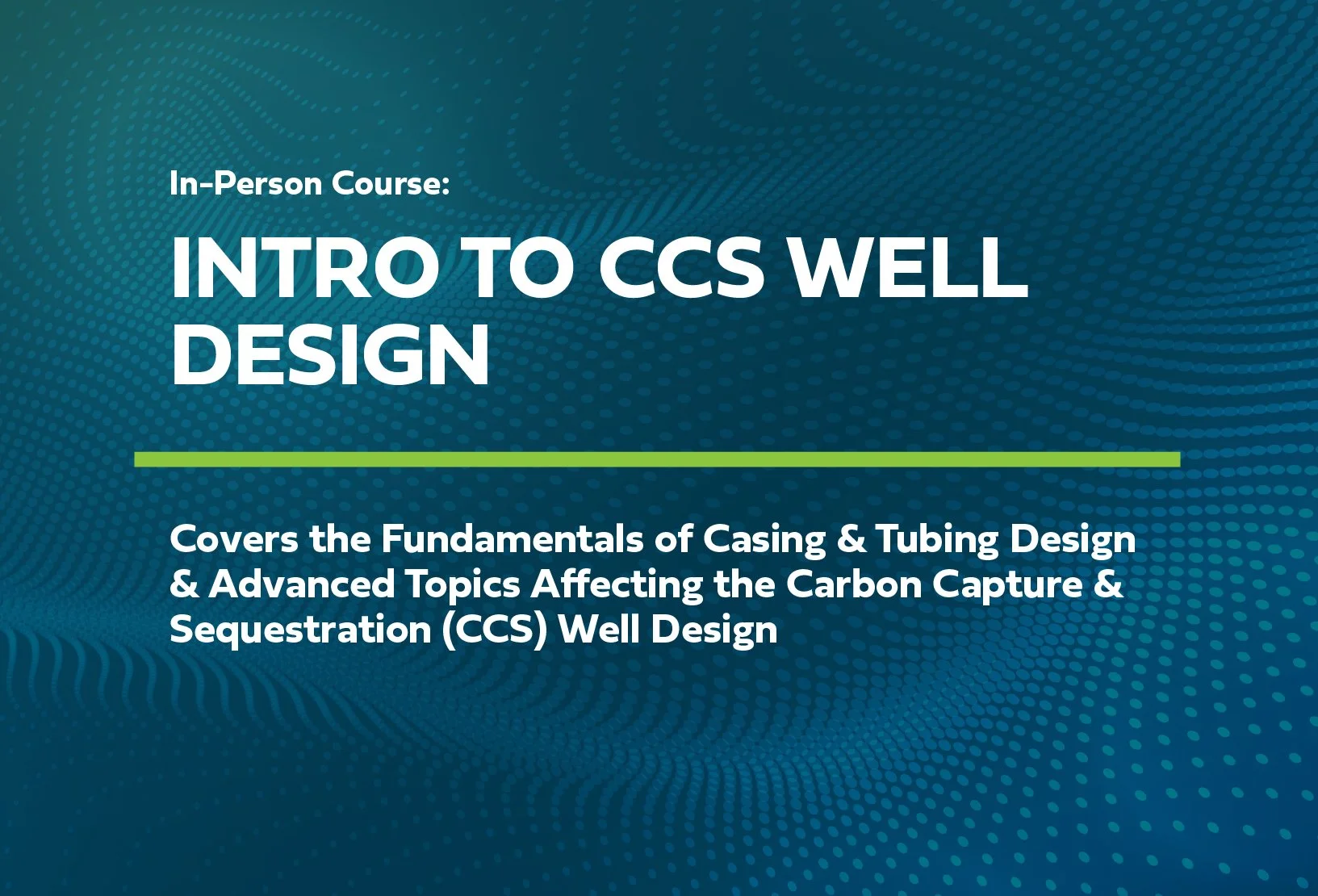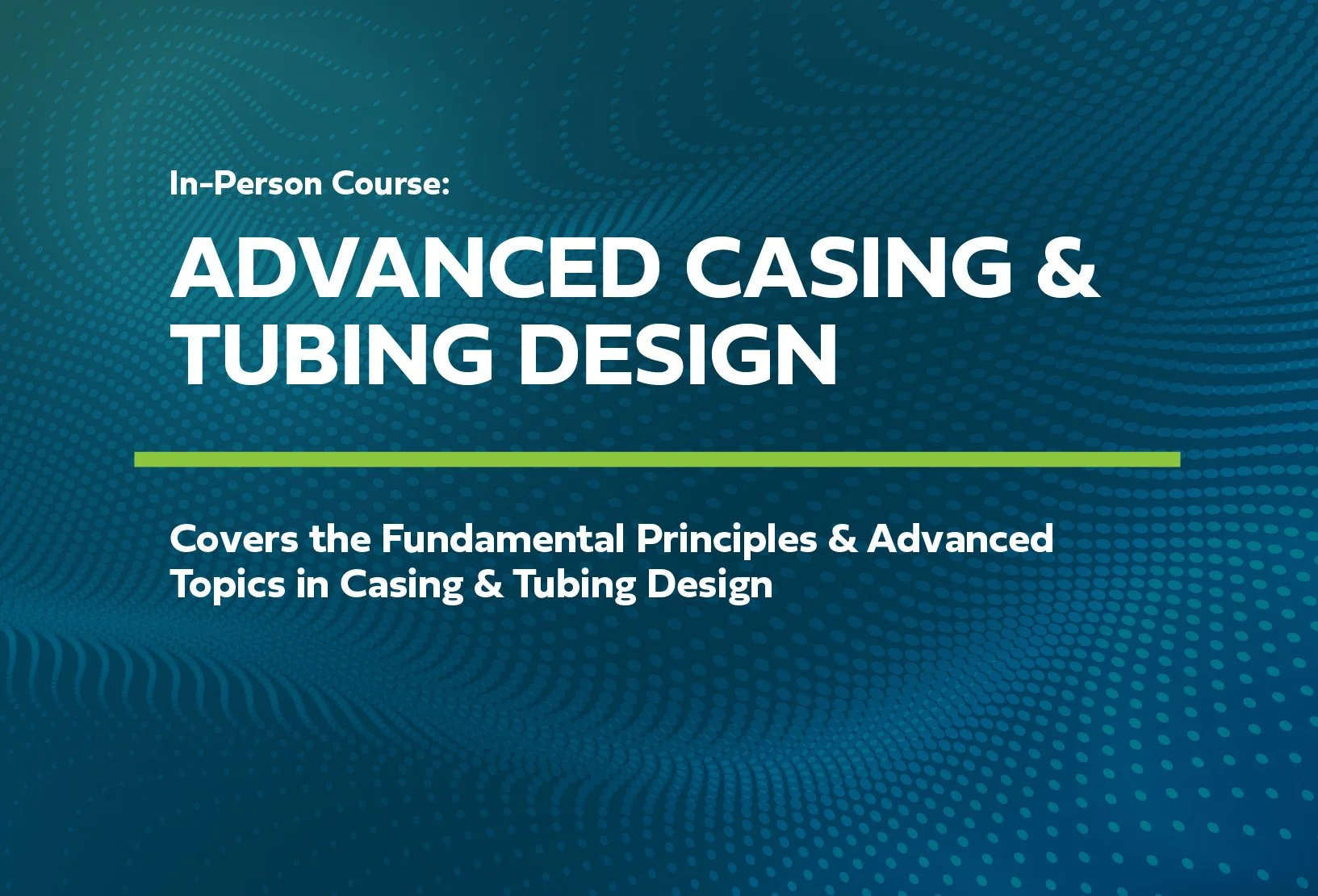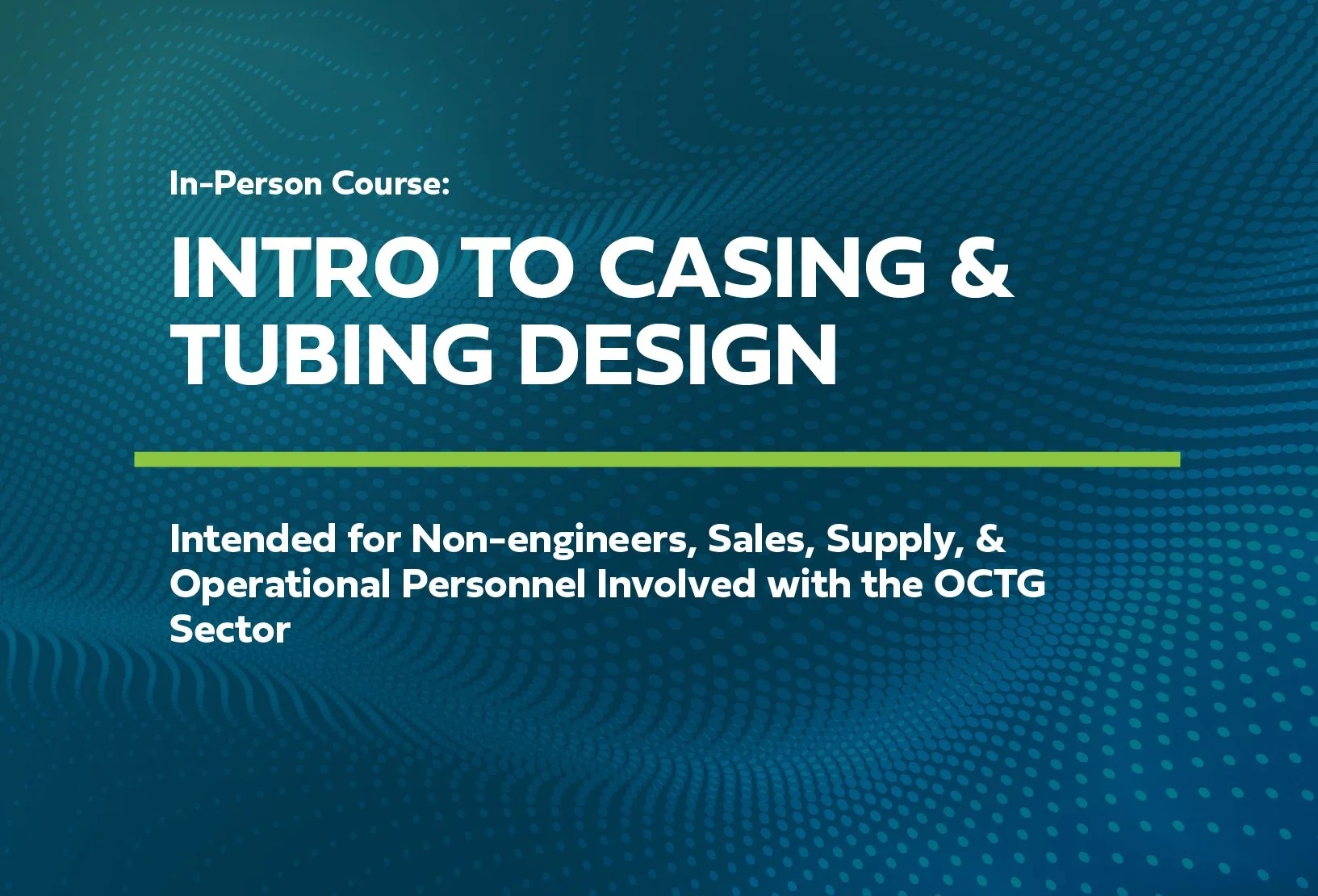
Fuel Your Mind With…
We want to do our part and make sure that new decision makers have the right tools, guidance, mentors, and coaches to help them make the right decision the first time, every time.
On-demand training videos developed by our industry experts
Easy-to-use simulation tools that will provide an 80-20 solution for typical production monitoring and optimization workflows
Technical articles and abstracts centered around energy industry knowledge and lessons learned
Failure Analysis & Casing Deformation Course
This course offers a look into a world of interactive stresses from multiple fracturing events using case histories, plus more.
StressCheck™ Tutorial
This course provides the end user with proficient use of the Landmark casing and tubing analysis software StressCheck™.
WELLCAT™ Tutorial
This course provides the end user with proficient use of the Landmark casing & tubing analysis software WELLCAT™.
Tubing Stress Analysis & Annulus Operating Envelope (AOE)™ Course
This training session covers topics specific to deepwater production, completion, and tubing design, and the development of “A” Annulus Operating Envelope (AOE)™ characterization. Material selection aspects, performance properties, production load cases, packer performance, MAWOP calculations, and AOE™ construction are covered in detail.
Introduction to Carbon Capture & Sequestration (CCS) Well Design Course
This training course covers the fundamentals of casing and tubing design and advanced topics affecting the CCS well design.
Introduction to Geothermal Well Design Course
This training course covers the fundamental principles in casing and tubing design and advanced topics affecting high temperature steam & geothermal well design and the impact to the overall well design.
Advanced Casing & Tubing Design Course
This 3-day course covers the relevant subjects required to understand the structural mechanics of downhole tubular design. A special emphasis on horizontal aspects will be included.
Introduction to Casing & Tubing Design Course for Non-Engineers
This 2-day session covers introductory topics in casing and tubing design.
Why Seawater Injection Commissioning is Different
Seawater Injection or Waterflood Commissioning is not your typical oilfield commissioning.
While oil production process follow well-established separation and processing techniques that many operators are familiar with, waterflood systems introduce novel equipment, unfamiliar chemistry, and strict water quality requirements—making their commissioning uniquely challenging.
The Case for Value Engineering in Capital Project Delivery
In today’s capital-intensive industries, delivering value without sacrificing function, quality, or reliability is paramount. Enter Value Engineering (VE), a structured, proven methodology that has been quietly transforming projects, products, and processes for over 75 years.
Systemic Risk in Major Capital Projects: Why Traditional Cost Estimation Fails & How to Fix It
If you’ve been involved in capital project planning, you’ve likely seen it happen—despite detailed estimates, careful risk assessments, and robust controls, cost overruns and schedule delays remain persistent challenges.
The truth is, that most cost overruns are not caused by unexpected project-specific risks but by systemic risks—deeply embedded, structural uncertainties that traditional estimation methods fail to capture.
Machine Learning Methods for Handling Parameter Space Sampling Bias in Unconventional Well Performance Prediction
Prediction accuracy for extended-reach laterals and high-intensity completions is improved by applying a Gaussian Process Regression (GPR) model with a Matérn kernel that accounts for parameter space sampling bias. The method adjusts predictions based on local data density and provides uncertainty quantification, increasing reliability in underrepresented regions of the design space. Applied to wells from the Bakken Formation, the model outperforms traditional approaches and supports confident forecasting for non-standard development designs.
Why Better Decisions Start with Better Questions: How Structured Decision Analysis Improves Capital Project Outcomes
In the energy sector, we do not have the luxury of certainty. Whether selecting a project concept, defining a contracting strategy, or navigating a final investment decision, we are often making high-consequence choices under conditions of uncertainty, ambiguity, and competing priorities.
At GATE Energy, we have committed to transforming the way decisions are made in capital projects. We have built a structured methodology, rooted in formal decision theory, utility modeling, and risk quantification, that integrates seamlessly with front-end planning, owner’s engineering, and project execution.
This is not management by intuition. It is management by design.
Why Human Performance Is the Hidden Engine Behind High-Stakes Success
In the world of capital projects, energy systems, and mission-critical operations, technology gets the spotlight. But behind every successful launch, safe startup, and flawless turnaround is a less visible force: human performance.
The CM-CX Approach: Integrated Construction Management & Commissioning
In this article, we look at the integrated CM-Cx service model alternative—where both functions are managed by a single entity with a unified team and goal—designed to maximize project value, minimize risk, and enhance execution efficiency.
Human Performance: The Hidden Lever for Project Success
In high-stakes industries like energy, aerospace, and healthcare, human performance is the linchpin of success. From major capital projects to real-time operations, even small misjudgments can cause delays, cost overruns, or catastrophic failures.
Past articles have explored how human bias subtly undermines quality decision-making and how resilient systems provide the adaptability needed to navigate uncertainty. Now, let’s bring these ideas together—because at their core, human performance, cognitive biases, and system resilience are deeply interconnected.
How Game Theory Explains the Pitfalls of Project Contracting (And How to Fix Them)
Game theory provides a framework to analyze strategic interactions between owners and contractors, who often have interdependent outcomes. Each party can choose to act competitively or cooperatively. A well-known model, the Prisoner’s Dilemma, illustrates how rational players acting in self-interest can end up worse off than if they had cooperated.
The Hidden Forces That Undermine Project Success: Why Human Bias is Costing Your Projects
Every project professional has witnessed it—optimistic timelines that crumble, budgets that balloon, and risks that get underestimated. The culprit? More often than not, it’s human nature itself.
Behavioral science has identified over 200 cognitive and political biases that shape decision-making. In project management, ten of these biases stand out as the most impactful, silently influencing decisions, forecasts, and strategies.
Graceful Extensibility and Adaptive Capacity: The Keys to Resilient Project Execution
In today’s fast-paced and complex world, resilience is not just about withstanding challenges- it’s about adapting and thriving in the face of them. Many systems, whether technological, organizational, or human, are designed with robustness in mind, engineered to perform within known parameters. However, when unexpected disruptions occur, these systems either extend their adaptive capacity or break down.
10 Steps to Safely Handling Failed Parts for Laboratory Testing
So your pipe burst, your pump shaft snapped, or your welded joint split, and you need to figure out why and how to fix it. The next steps you take can make the difference between finding answers and leaving the mystery unsolved until the next failure.











